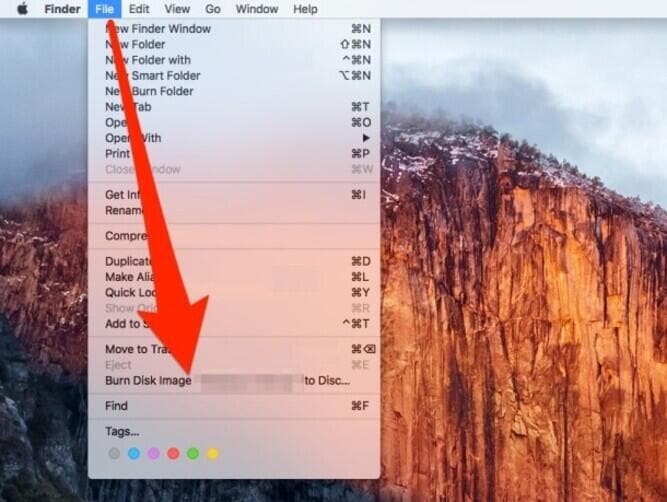

It’s not entirely clear where the original source of this nvram command comes from, but I discovered it in a bit of a web rabbit hole after following a comment left on a SuperDrive article led to a thread on Apple Discussions and an official support article, which outlines getting a SuperDrive working on unsupported Macs, and which Macs do and don’t support the SuperDrive. Either approach will remove the “mbasd=1” variable from firmware settings on the Mac. If you decide you want to reverse this adjustment, or if you find this approach didn’t work and you want to return to defaults nvram setting for that reason or any other, you can reset the Mac PRAM / NVRAM during system start or clear the nvram variable manually from the command line too. Let us know in the comments below if this trick worked for you. This should work to enable an Apple External SuperDrive to function as expected on a Mac which is otherwise not supported, but your results may vary.


Enter the following command syntax at the command prompt exactly as it appears:.Open the “Terminal” application found in /Applications/Utilities/, or you can open it through Spotlight.Back up your Mac and data with Time Machine or your backup method of choice before beginning, this is just in case something goes wrong.How to Make SuperDrive Work on Unsupported Mac Like everything else, proceed at your own risk, and backup your Mac before beginning. The approach detailed in this article will be modifying a Macs firmware nvram by using the command line, thus it’s only appropriate for advanced users. Of course there is no need to do this on supported machines but for devices where the drive isn’t working, it can be helpful. Before giving up on using a SuperDrive, you might be able to use a command line hack method discussed here to make a Superdrive work on any Mac, whether it’s supported or not.


 0 kommentar(er)
0 kommentar(er)
